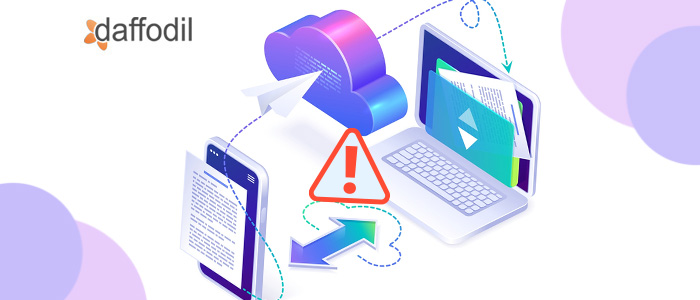
Vulnerabilities in software applications are common. 85% of security incidents happen at the application layer. With the right security measures, the operations and development team can discover these vulnerabilities and fix them at an early stage in an SDLC.
This idea of finding, fixing, and preventing application-level vulnerabilities (hardware, software, and developmental levels) is gaining ground and so does the ways of executing it.
The software development industry is on the constant look around for ways to improve application security. And that is why we have several tools and processes to ensure that the application is ready to deal with the vulnerabilities it comes across at different stages of development.
Application Security (also called AppSec) is the process of creating a security shield around the application to protect it against internal and external vulnerabilities.
The development and operations teams have several ways to ensure AppSec and in the upcoming segment, we will discuss the application security trends, tools, processes, and benefits involved with it. Let’s get started.
Application Security Trends in 2022
Software testing and security assurance are technology-driven to a great extent. In the efforts to discover the most relevant tools and processes to secure an application, several options are introduced in the market but the ones that hold potential for the good become the trend. Here are a few significant trends that are transforming the AppSec game.
- Transition to the Cloud
Cloud application security offers convenient and powerful modes to secure applications throughout the development lifecycle. There are application-level tools, rules, and technologies that can help in restricting cyberattacks, limiting application access to authorized users, providing clear visibility into cloud assets, etc.
With the availability of multi-cloud platforms, the AppSec teams can choose amongst the best provider of agile and flexible security measures. With services such as DevSecOps, automating security for CI/CD pipeline is possible.
- Applications need Security against bots
Bots are small programs that are designed to perform a specific task. They usually interact with APIs and websites and are thus used to automate cyberattacks. For example, a bit is one of the common mediums for performing Denial of Service (DDoS) attacks or for fraudulent services in the finance industry (such as credit card frauds).
Understanding the use case and misuse of bots has become a mandate to ensure that bot development is powered by stringent security systems. AppSec security services and tools ensure that malicious bot attacks never impact applications.
- Empowering Security with Artificial Intelligence
Artificial Intelligence and its technologies have been a great controller of cyber attacks. By using machine learning algorithms and neural networks, the process of predicting and controlling fraudulence, threat identification, and incident response can be automated. To the ever-expanding security challenges, automation is the key to addressing them.
Ways to Perform Application Security (AppSec) Check
1. Application Security Testing Orchestration (ASTO)
ASTO is a security pipeline that runs parallel to the development or production pipeline. The key benefit of this AppSec method is that it automates application security throughout the SDLC cycle (and not just in any stage of development). This AppSec testing method automatically runs the relevant security tools or triggers manual testing based on changes made in the application codebase.
2. Test Coverage Analyzers
Test Coverage is a software testing metric that measures the number of tests performed by a test set. This includes information about the several areas of the test suite that are running and helps to create additional test cases to improve the coverage. Apart from assuring the quality of the test, the coverage analyzers help to:
- Determine the paths in the application that are not tested
- Keep the cost, time, and scope of testing in control
- Prevent defects in an early stage of the development cycle
- Discover points and paths that help to increase test coverage
3. Correlation Tools
Correlation tools help to reduce the false positives by creating a central repository for all application security tests. Different types of AppSec tools will have different findings. Correlation tools analyze the findings and relation between them to minimize the chances of false positives in the testing environment.
4. Database Security Scanning
Usually, databases are not considered as a part of an application. However, application developers rely on the database, and security vulnerabilities in an application can impact the database. AppSec tools for database security scanning check for updated patches, configuration errors, access control lists, password, etc. to ensure that the application and its database isn’t affected.
5. SAST and DAST Scanning
Static Application Security Testing (SAST) and Dynamic Application Security Testing (DAST) is white-box and black-box testing techniques for a software application. While SAST performs a code-level examination, DAST performs a run-time scan to check vulnerabilities in an application.
READ MORE: What are DAST and SAST & how do they differ?
How can Daffodil Help in Application Security Check?
Software testing services are an inevitable part of the development cycle. At Daffodil, depending upon the business requirements and project scale, we adopt both manual and automated ways of testing an application. Some of the common approaches for ensuring AppSec includes ensuring OWASP top 10, DevSecOps, database DevOps, etc.
To discuss how Daffodil can improve the security of your business application, connect to our AppSec experts through a free consultation session. This two-way conversation session will enable your business to understand the right approach to embed security testing approaches in your application. Check out our cloud application development services.



